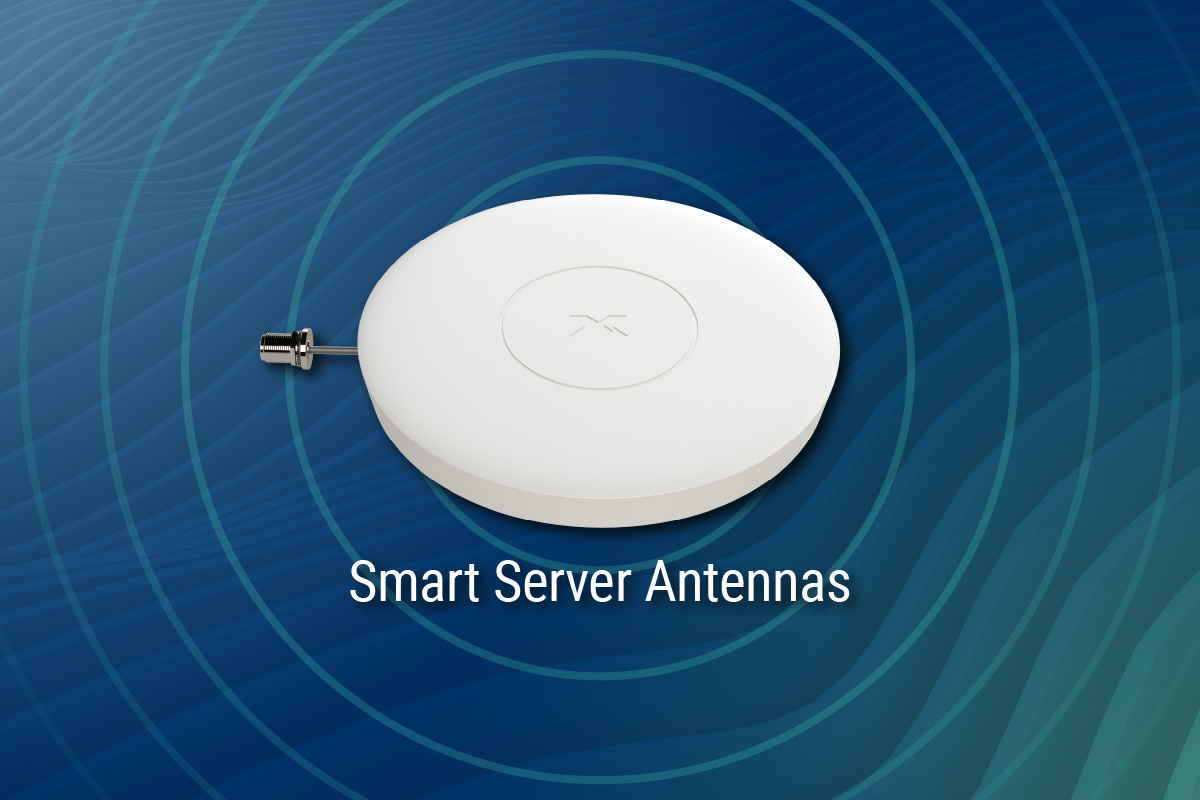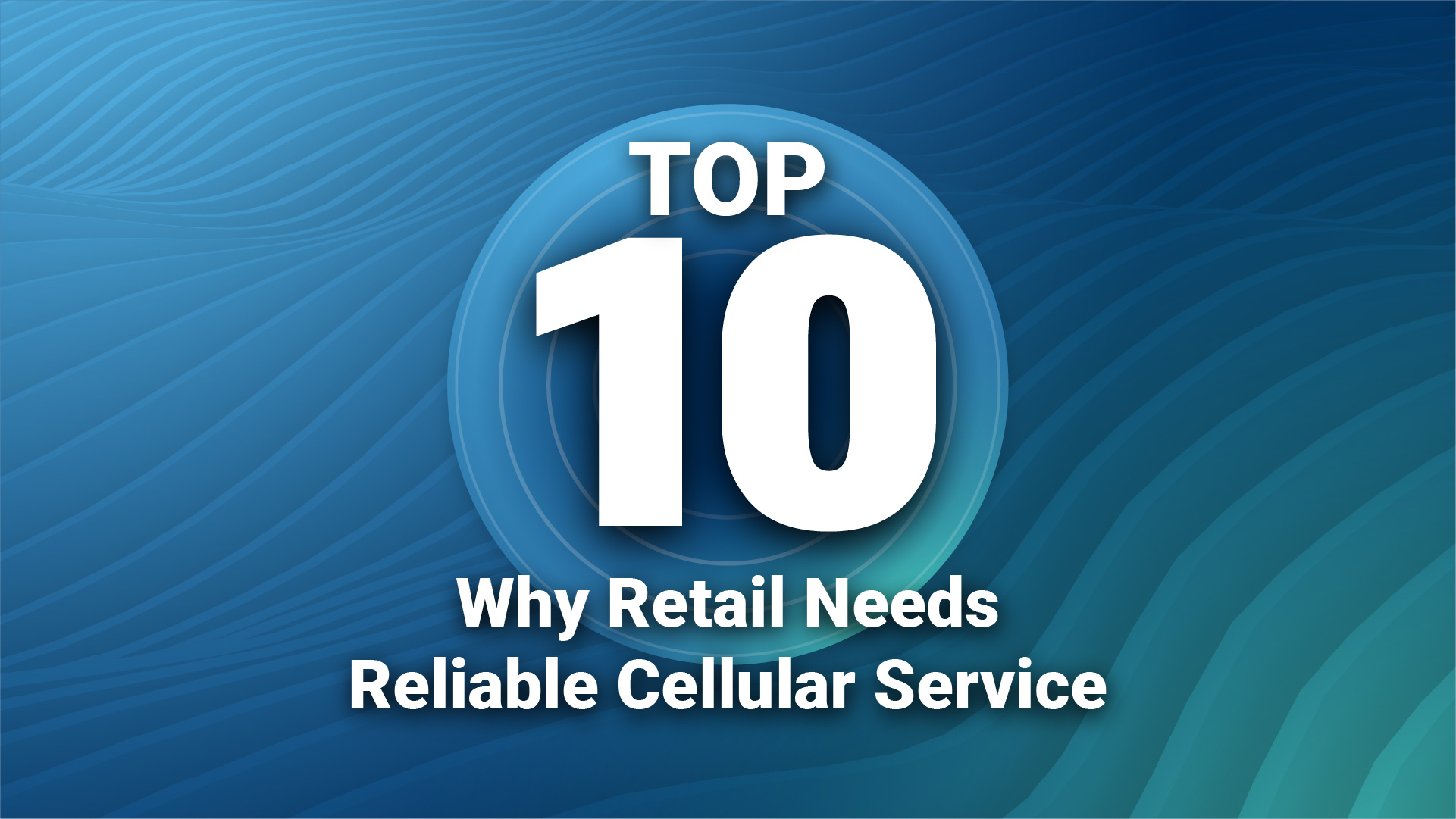Before shelter-in-place orders were given around the COVID-19 pandemic, tenants might have tolerated spotty indoor cellular service. But now, the stakes have been raised and unreliable cellular reception can be a deal breaker for many tenants, particularly those with leases coming up for renewal.
After spending considerably more time at home over the past six months, tenants now realize just how much a poor cellular signal in their unit can negatively affect their personal and professional lives. More than ever, people can’t afford to miss “that call” as they rely on their cell phones for safety and to stay in contact with loved ones and colleagues. If current or prospective tenants can’t get a connection on their cellphones or devices inside a building, it can result in less than optimum occupancy rates.
Adding to the challenge, there is a big divide that exists between what the telecom carriers will subsidize and what the residential tenant needs, which puts the onus on building owners to provide reliable in-building cellular coverage throughout their buildings. While many buildings, in particular Class A structures or high-need spaces, have already taken steps to fix coverage issues, research shows that 90 percent of buildings have no cellular coverage solution in place.
There are a variety of solutions and technologies available to improve indoor cellular coverage, but finding the right solution that will cost-effectively meet your specific needs can be a daunting task. Understanding the problem is the first step to understanding the solution.
Causes of poor indoor cellular coverage
Contrary to popular belief, poor cellular coverage is not “all about the tower”. Today, whether suburban or urban, the cell signal outside in general is pretty good. Most indoor coverage problems are typically caused by topography, such as mountains or trees, and interference caused by building materials like concrete walls and Low-E glass that can block signals from getting inside.
While there are many technologies available to help get the outside signal in and the inside signal out, not all solutions to this problem are created equally. In addition, some technologies are marketed as a panacea while the actual application may be somewhat narrower. So let’s separate fact from fiction and address the most prominent solutions being marketed today.
The lowdown on in-building cellular coverage solutions
Wi-Fi calling is an inexpensive technology and may work well for in-home applications, but often provides a low quality of service with inconsistent connectivity and dropped calls that are detrimental during an emergency. If an occasional lag in the conversation (like speaking on a walkie-talkie) doesn’t matter, and jittery or warbly quality are acceptable, Wi-Fi can work – as long as you have a fallback when the unlicensed, unmanaged Wi-Fi network is unavailable, which is a common occurrence.
Small Cells are often coined as the next big thing and can improve cellular service in a building if there is a poor outdoor signal. Small cells broadcast signal over a limited but designated footprint, and, in most cases, each carrier requires its own small cell. As each small cell can generally cost from $3,000 to $5,000, and require ongoing monthly expenses for data backhaul (transmission from the building to the macro network), using this technology alone for improved cellular coverage for multiple carriers can be quite expensive.
There are also mature technologies available such as a Distributed Antenna System (DAS). As active DAS is high performance but expensive, in all but the largest installations (1 million square feet and above), it is not a viable solution. One of the biggest challenges with any DAS installation is getting signal retransmission agreements/contracts from the carriers for each cellular service you want to provide residents. If residents use services from all four major cellular providers – which they usually do – it is not uncommon for negotiations to take 12 to 18 months before an active DAS deployment gets off the ground.
Passive DAS solutions can be a very cost-effective way to improve in-building cellular coverage, but they have their limits and can cost more than most people think. A passive DAS based on a bi-directional amplifier (BDA), or a “repeater,” is less expensive than an active DAS, and typically the solutions are simpler, with less gear. However, it can be quite difficult to deliver consistent and great user experiences if external network conditions are not ideal, or if the building is large (greater than 30,000 square feet), or user density is high. Passive DAS solutions rely on cellular signal distribution over coaxial (coax) cable. This adds to installation costs and time compared to the Ethernet cable used in some digital systems. Coax also loses power and signal quality over distance and therefore provides a smaller coverage footprint.
In 2019, new, multi-carrier, all-digital active DAS hybrid solutions hit the market, and have since added an entirely new dimension to affordable in–building cellular coverage for building owners. Active DAS hybrid solutions combine the digital distribution performance benefits of active DAS, at the price points of passive DAS. They are the highest-grade solutions available to the multi-family building market. Active DAS hybrid solutions also function at up to 1000x more gain than solutions based on older analog technology – this means better coverage over a greater footprint. An Active DAS hybrid can also be combined with a small cell to create a Supercell, when there are capacity issues for a particular network.
New technologies to keep an eye on
Fiber is the backbone of today’s modern high-speed high-capacity networks. It is great for distances and high-bandwidth applications, at a very high cost. Most apartment buildings do not need this technology or expense for uniform good in-building cellular coverage.
Wi-Fi 6, the next generation of the wireless standard, is expected to be approximately four times faster than Wi-Fi 5. While Wi-Fi 6 promises to improve many aspects of the user experience, nothing has changed regarding the spectrum upon which it runs, which is unlicensed, overloaded, and hotly contended for.
For the next few years, 5G variants are going to represent a marginal improvement over 4G. But once significant physics issues are addressed, 5G will enable many new products and services. The 5G roll out runway will take several years, so it’s best to choose a cellular amplification solution for the building that is 5G compatible as it rolls out.
Citizen Broadband Radio Service (CBRS) has been in the news recently. It offers a great spectrum platform for Private LTE and IoT applications when the communications are between users on a large campus, where each have a cellular phone or device with CBRS capabilities. However, this is generally not usually the case with apartment building occupants.
Cellular technology is a major communication enabler of IoT (Internet of Things), which is important for smart buildings. While some legacy technologies can support IoT applications, they have battery life and latency issues that negatively impact smart building applications. Cellular devices for IoT are less costly solutions and will remain more attractive.
Each of these solutions has its place in the market, but not all are built to meet your unique needs. By knowing the facts, you can select the indoor cellular coverage solution and supporting technologies that are best for the specific requirements and budget of your apartment building.
A version of this article was originally published by AAOA (American Apartment Owners Association)




